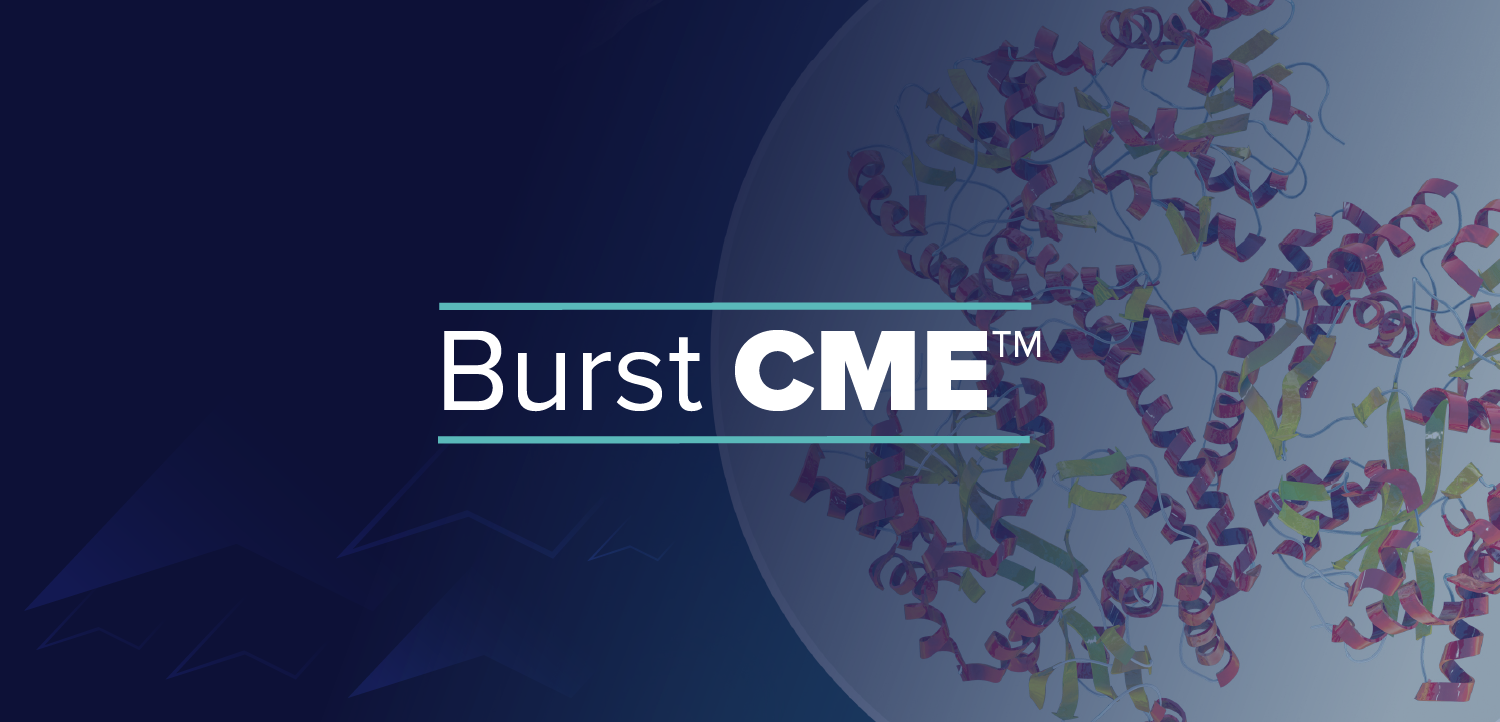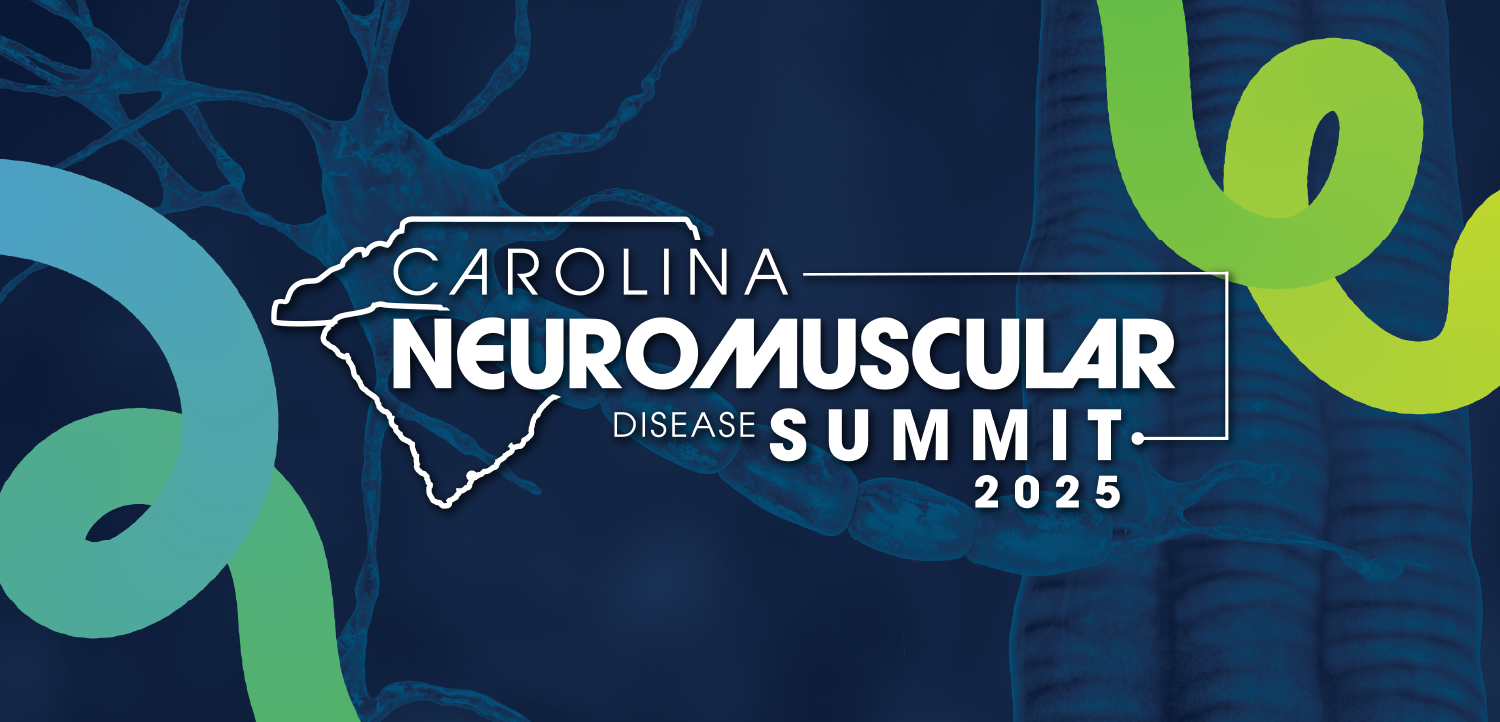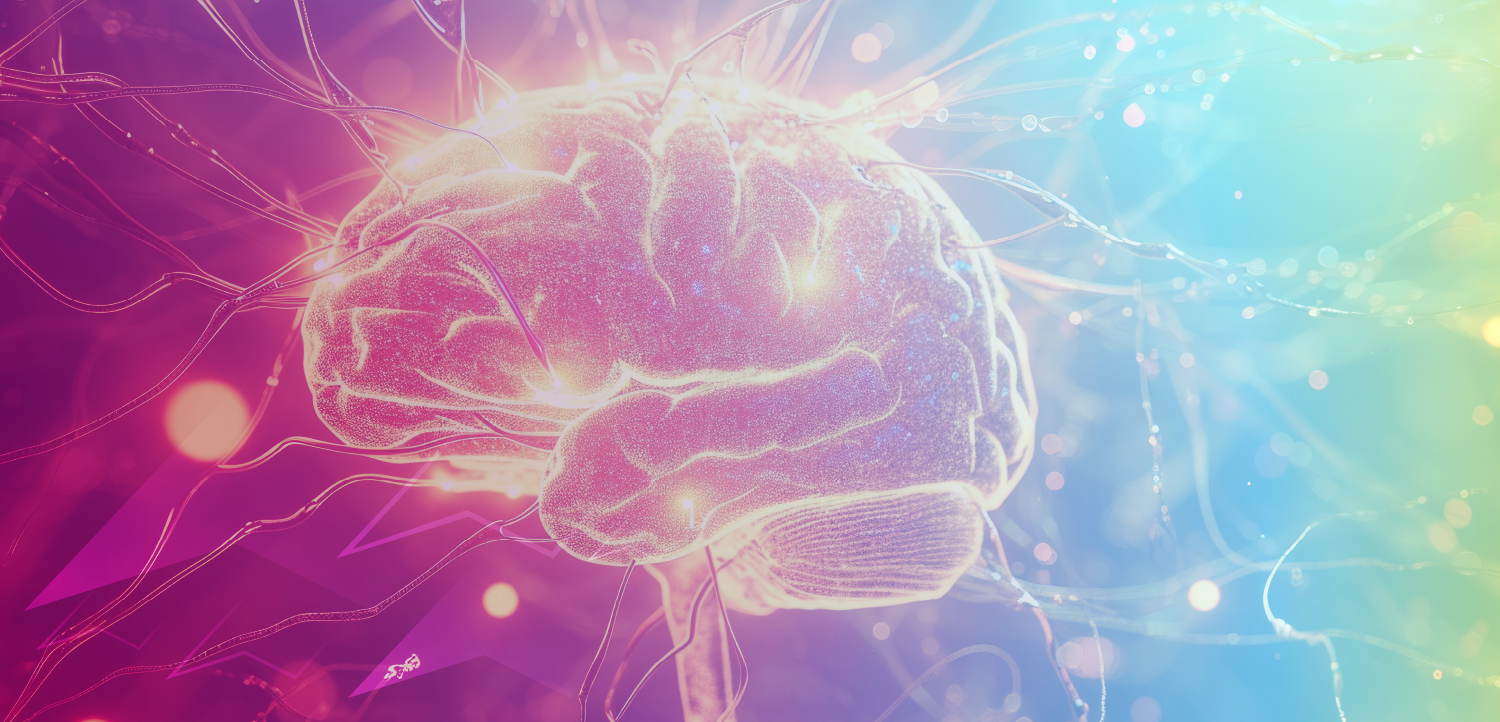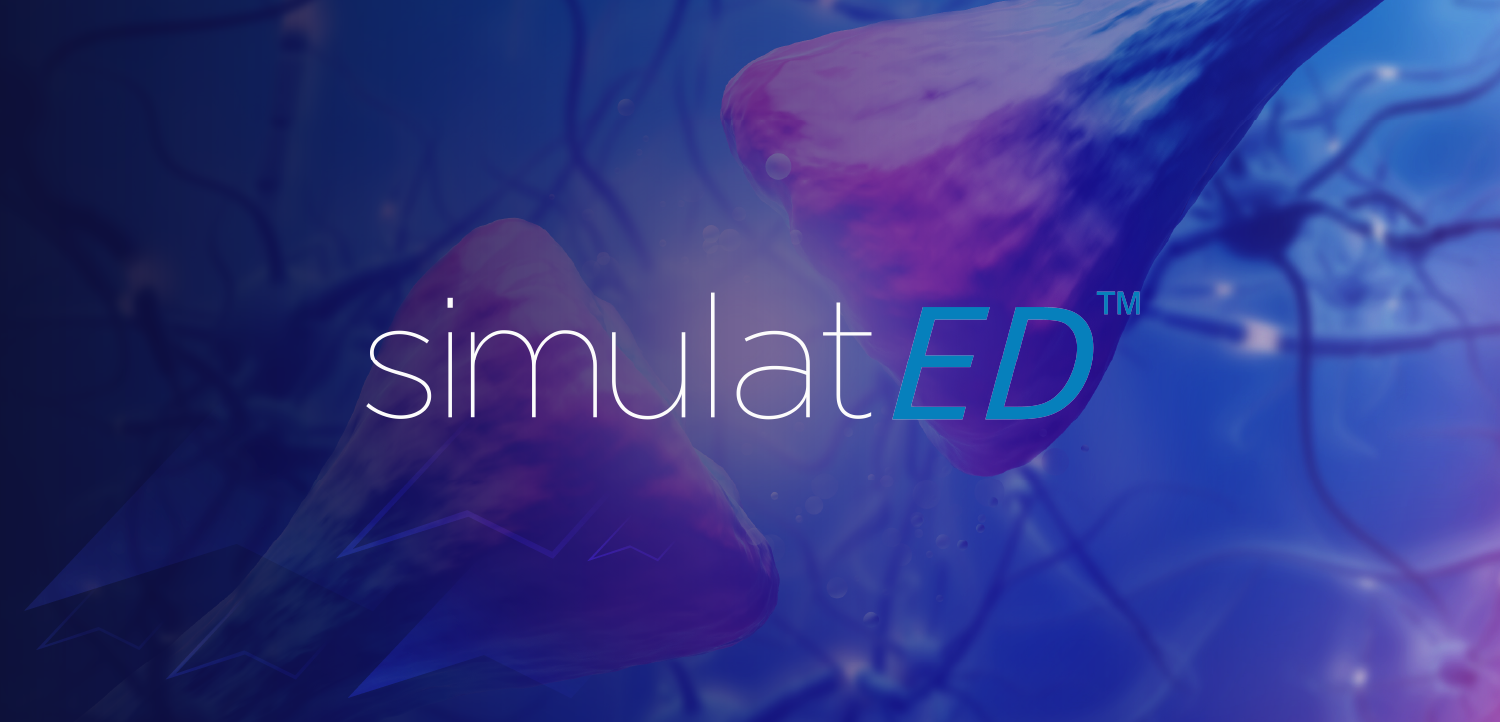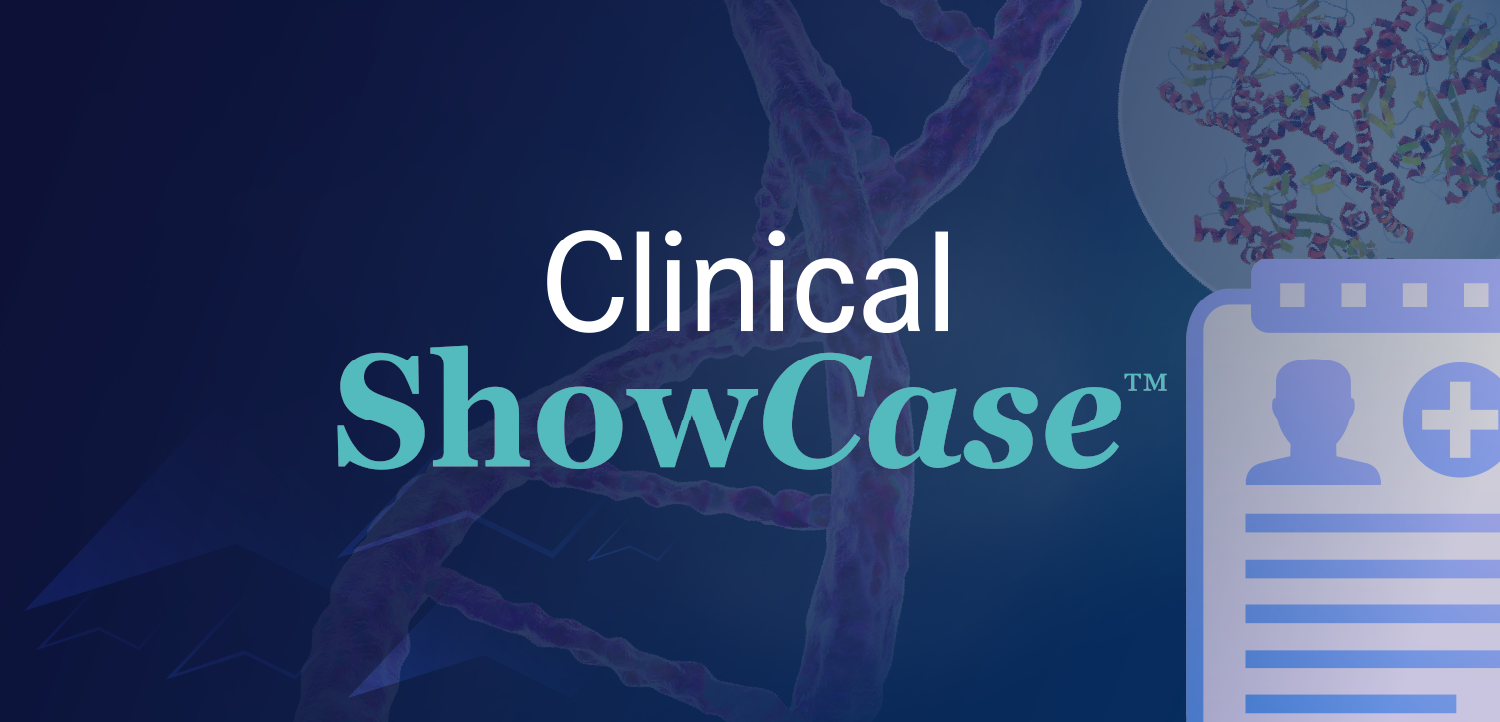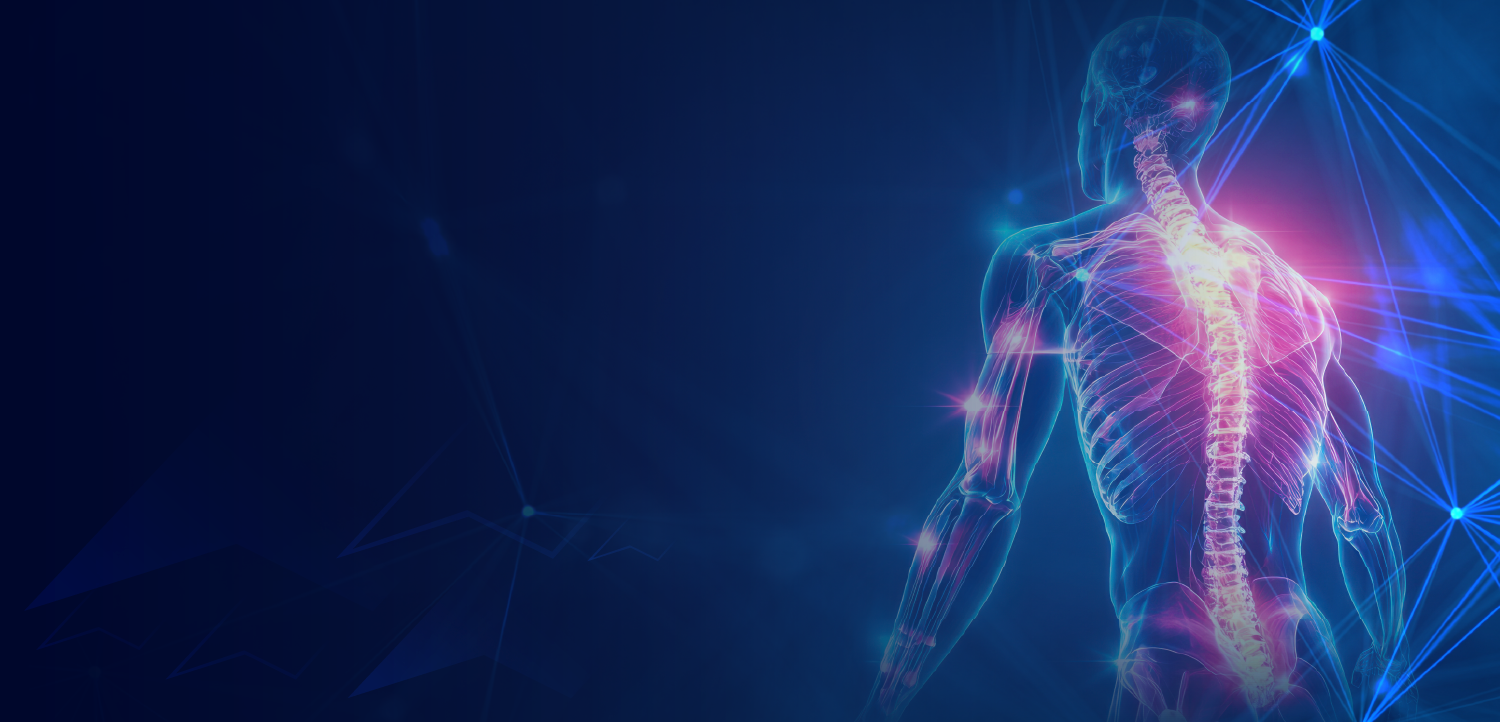|Videos|April 12, 2022
Approaching the Diagnosis of Narcolepsy
Key opinion leaders in sleep medicine discuss patient recognition of cataplexy symptoms in narcolepsy and their approach to narcolepsy diagnosis.
Advertisement
Russell Rosenberg, PhD, DABSM: I want to go back to the cataplexy symptoms. Some of these cataplexy symptoms can be quite subtle and others can be more dramatic. What advice do you have for clinicians in terms of how to ask about cataplexy because it’s not an easy thing to tease out sometimes?
Margaret Park, MD: It really isn’t, and it’s difficult to describe. How I usually start with patients is, “Here’s a weird thing I’m going to ask, I know it sounds odd, but just bear with me here. Do you ever have really strong emotions, whether again, it’s positive or negative? You’re super excited about something, you’re laughing really hard about something or you’re super upset, or you’re super embarrassed, and you just feel a wave of something odd, a wave of sleepiness coming on where you start feeling lack of control somewhere?” Sometimes, people say your eyelids droop, or your vision gets blurry, or maybe somebody says you’re making faces at them because your jaw goes a little slack, where you feel like you’re becoming mumble mouth. Or do you feel like you have to sit down at some point, because if you don’t, you may trip and fall? It’s important to reiterate to patients that it doesn’t have to be this dramatic, “I fell down and everyone thinks I fainted.” It can be these subtle symptoms that, yes, you may actually be able to control them, and you may be able to step aside for a bit to regain control. But if it’s happening, it is still considered cataplexy. Thus, when you frame it as, it could be super subtle, it could be very mild, it doesn’t mean that you’ve lost complete control, I think more people start to identify that, “Yes, maybe it is happening more often than I think.”
Russell Rosenberg, PhD, DABSM: I think one of the more interesting things about cataplexy, and there are many, is that the person is aware of their surroundings when they’re having a cataplectic attack. I think many people think they’re just having an episode of syncope or they’re unconscious, but they are really aware of their surroundings.
Margaret Park, MD: I think that’s a key differential with a lot of different things in the neurological realm, whether you retain consciousness. Obviously, when it initially occurs, the biggest concern is, was this a cardiovascular event? What I tend to do with our patients is to reassure them that, “Were you aware that this was happening? Did this only happen with this trigger of the strong emotion? Because if it’s only happening with strong emotion, and you were completely aware that this is happening, then you probably didn’t lose consciousness. I don’t think this is related to a cardiovascular event.” But of course, that is a scary thing to happen, especially if you haven’t been used to it. If you catch it when you’re younger, as a parent myself, knowing what this is, if I saw my kid collapse on the basketball court, I would take him to the [emergency department]. You get that work-up because you’re a little scared, it’s the first time it’s happened. Again, even with full awareness of what it is, you do go through that work-up. But again, our job is, especially within the sleep specialist realm, to reassure them that, “No, this is something that’s associated with this disorder, I don’t think it’s a heart-related event. I don’t think it was a massive stroke. I don’t think you had a massive seizure. Because the key thing is, you knew what was going on, you were aware of it.”
Russell Rosenberg, PhD, DABSM: One last thing about cataplexy that I found interesting is that oftentimes you can describe this to patients or their family members, and they don’t seem to connect with it during that initial consultation visit. But then, they come back maybe weeks or months or maybe even years later in follow-up and say, “What you described there about losing muscle control, I really do have that, but it’s more like I’m dropping things, or my head is drooping, or my tongue is thrusting.” Thus, I always think it’s worthwhile talking to patients, they may later recognize it.
Margaret Park, MD: I think that’s a conversation we constantly have. Because again, there are patients who don’t initially have it, but then eventually develop it later. I think that a general discussion, and just making the patients aware of what it is and that it is associated with this disorder, is a good thing. It reassures them in the future, if it ever does happen again. And then as you mentioned, retrospectively, if they’re like, “That did happen that one time. I did drop my pen when I was writing notes or whatever it was.” It’s an important discussion because I think it happens more often than we think.
Russell Rosenberg, PhD, DABSM: We’ll talk more about some of the diagnostic challenges of narcolepsy type 1 and type 2, and maybe even touch on, just briefly, idiopathic hypersomnia. But I’m always curious about how often people turn to the CSF [cerebrospinal fluid] in looking for a diagnosis there?
Margaret Park, MD: It would be interesting, right? From a purely diagnostic standpoint, it would be great. It would be great to always be able to get those CSF levels. It would always be great to get a genetic test for it, scans, functional MRIs. All these different things would be really wonderful diagnostic tools to be able to see a more complete picture. But the practicality of getting those tests is difficult. No. 1 is it’s very expensive. Insurance doesn’t always cover it, and out of pocket costs can be exorbitant. Obtaining the fluid isn’t a fun process for most patients. And here’s the thing, what if these tests are negative? If someone says, “Hey, I fell asleep and I crashed my car,” or, “I laughed really hard and I tripped and fell,” and if all of these things come back negative, do you not believe that this happened? Thus, I always caution people that the clinical history is more important. Narcolepsy really needs to be thought of as a clinical diagnosis, first and foremost.
Then, if the testing is not exactly what you think it is, repeat the test. We are all aware that, again, no test is perfect. Nothing is 100%. If you’re pretty certain that something is going on, repeat the test and go after supportive diagnostic criteria. We know that up to 25% of people who, even with an MSLT [multiple sleep latency test], there are a lot of false negatives that run around. There are a lot of things that influence this test, there are medications, there’s performance anxiety, “What if I don’t nap? That’s what the doctor’s looking for, what if that doesn’t happen?” Because don’t forget that while sleepiness is the presenting symptom, it doesn’t mean that you have zero control over sleepiness. If you are anxious about the test and you really feel that pressure, that can override some of the sleepiness symptoms. We’ve all experienced that, you could be sleep deprived the night before, then all of a sudden, you’re on stage, and then you are on. You can overcome some of that, at least temporarily, and sometimes people do during the testing procedure. Nothing is perfect. With genetic testing, with the HLA [human leukocyte antigen], with the CSF profiles, and with anything else that may or may not pop up, I do think it’s useful if I keep getting a test result on the PSG [polysomnography] MSLT that I am not expecting. Supportive tests definitely aid in the diagnosis, but I don’t think that I would go to those specific markers first.
Russell Rosenberg, PhD, DABSM: They are expensive, and you’re not treating the test result, as you alluded to. You’re really treating and assessing the whole patient.
In terms of the differential diagnosis of NT1 [narcolepsy type 1] versus NT2, you already alluded to the fact that cataplexy is pathognomonic for narcolepsy type 1. Although, there are a few other things that can result in cataplexy, a few other diseases in which you might see cataplexy. Thus, it’s not truly pathognomonic, but what’s the main difference to differentiate NT1 versus NT2?
Margaret Park, MD: For me specifically, based on clinical history, I don’t like to split it too much. I do find that other than cataplexy itself, which also warrants attention in treatment and doesn’t always resolve with traditional sleepiness type of treatment, I treat that as a symptom. We’d go after that symptom. But diagnostically, I feel like that distinction is a little less important from a practical standpoint. If somebody has type 1 or type 2, again, except for cataplexy, which also warrants attention and medical treatment, the patient is still presenting with these symptoms, and I still need to treat it. Now, a lot of the treatment that has been approved for these specific indications, sometimes it’s useful to say it is specifically approved for cataplexy. But again, I think that’s a practical thing, that if for some reason, they didn’t meet this magical SOREMP [sleep-onset REM period] criteria, but they do have cataplexy, they then qualify for some of these treatments that patients with narcolepsy should qualify for. Thus, I do think that there is more of a recognition that these tests can be a little more limiting than helpful if we try to pigeonhole these specific cutoffs and specific things. Because the field of narcolepsy specifically, the symptoms can range and vary so much. I think we also have to understand that the test results can range a little. Hence, rather than having a hard yes or no, I think we have to kind of take a look at that.
Russell Rosenberg, PhD, DABSM: Yes, it’s not a perfect world when it comes to nailing down the diagnosis. A lot of patients can be misdiagnosed, like in the case we just talked about, where she was thought to have more of a psychiatric disorder than a sleep disorder. It’s really too bad that that delays the proper diagnosis.
Transcript Edited for Clarity
Newsletter
Keep your finger on the pulse of neurology—subscribe to NeurologyLive for expert interviews, new data, and breakthrough treatment updates.
Advertisement
Related Articles
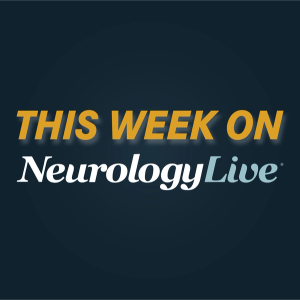 This Week on NeurologyLive® — September 8, 2025
This Week on NeurologyLive® — September 8, 2025September 8th 2025
 This Week on NeurologyLive® — September 1, 2025
This Week on NeurologyLive® — September 1, 2025September 1st 2025
 NeurologyLive® Brain Games: August 31, 2025
NeurologyLive® Brain Games: August 31, 2025August 31st 2025
Latest CME
Advertisement
Advertisement
Trending on NeurologyLive
1
FDA Hands Complete Response Letter to SL1009 for Pyruvate Dehydrogenase Complex Deficiency
2
Expanding the Alzheimer Drug Development Pipeline
3
Patient-Reported Study Identifies Common Symptoms and Timing During Migraine Prodrome
4
NeurologyLive® Friday 5 — September 12, 2025
5




